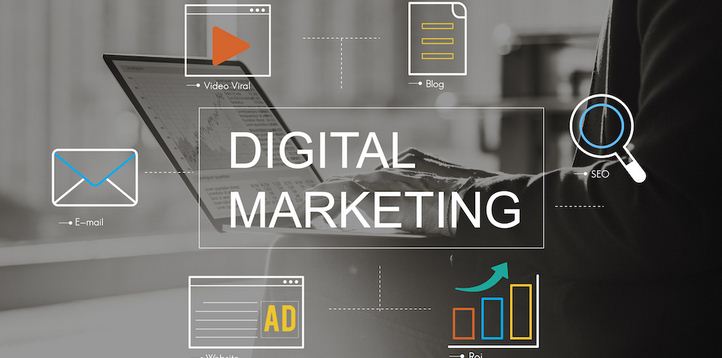
Entrepreneurs have realized digital marketing would never again be optional or considered less important than traditional print marketing and advertising and is an excellent means for them to get a lot more revenue for their marketing budget. Entrepreneur stresses how much digital marketing has grown in recent years. Truth be told, 95% of start-ups intend to increase their spending on digital marketing this year. However, to get the best outcomes, it’s imperative to recognize digital marketing and stay in touch with trends in the digital marketing field.
Firstly, what is digital marketing?
Digital marketing is frequently thought of as “web-based marketing,” however it goes a long way past the internet. Digital marketing alludes to any marketing that utilizes digital channels to get to their intended clients. This incorporates cell phone messages which include SMS and MMS, email marketing, social media marketing, search engine apps, search engine marketing and web-based advertising.
RievaLesonskyB, writing for smallbiztrends, offers a few basic digital marketing strategies for small businesses.
1. Your business webpage
Regardless of how actively involved, you are on social media; it can’t take the place of a business website. Your site is the digital home of your business and it’s the one spot online where you are totally responsible for your message. Your site doesn’t need to be extravagant, yet it needs to be mobile and user-friendly.
2. Search Engine Optimization
Search Engine Optimization (SEO) describes the process of improving site traffic while utilizing non-paid search results on web search tools. There are many important aspects to SEO, including utilizing the correct keywords in your site, your presence on social media, references to your site from websites, and a lot more. The intricacy of SEO is one reason a lot of organizations are right now not putting enough resources into it. Utilizing SEO can put you in front of your competitors.
3. Local Search Engine Optimization
Since 2015, more internet searches have been carried out on cell phones than on PCs, as indicated by Google. A considerable number of those inquiries are done while the users were “in a hurry” searching for nearby businesses, so Google’s index lists currently support sites that are enhanced for local search by including information and keywords that are location-related. Furthermore, state your business address on local search indexes, for example, Google My Business, and ensure that your name, address, and telephone number (NAP) data is recorded the very same way on all the local search directories. For instance, no utilizing “St.” in one posting and “Road” in another. If your NAP differs on the various listings, web indexes may not see it as the same business, therefore harming your search results.
4. Email advertising
About seven of every 10 organizations use email marketing, making it the third most well-known digital marketing technique. About 47% of individuals across various demographics check their email on a cell phone; 81% of those, utilization their cell phones rather than tablets. Furthermore, 33% of individuals open their emails on cell phones. When you build up your email marketing messages, think mobile-first. Keep messages short; incorporate a lucid call to action, and use a lot of white space so it’s anything but difficult to click on hyperlinks in the email. A new infographic, quoted on consultancy confirms that the majority of consumers still prefer brands to contact them through email – despite the popularity of other channels such as social media.


